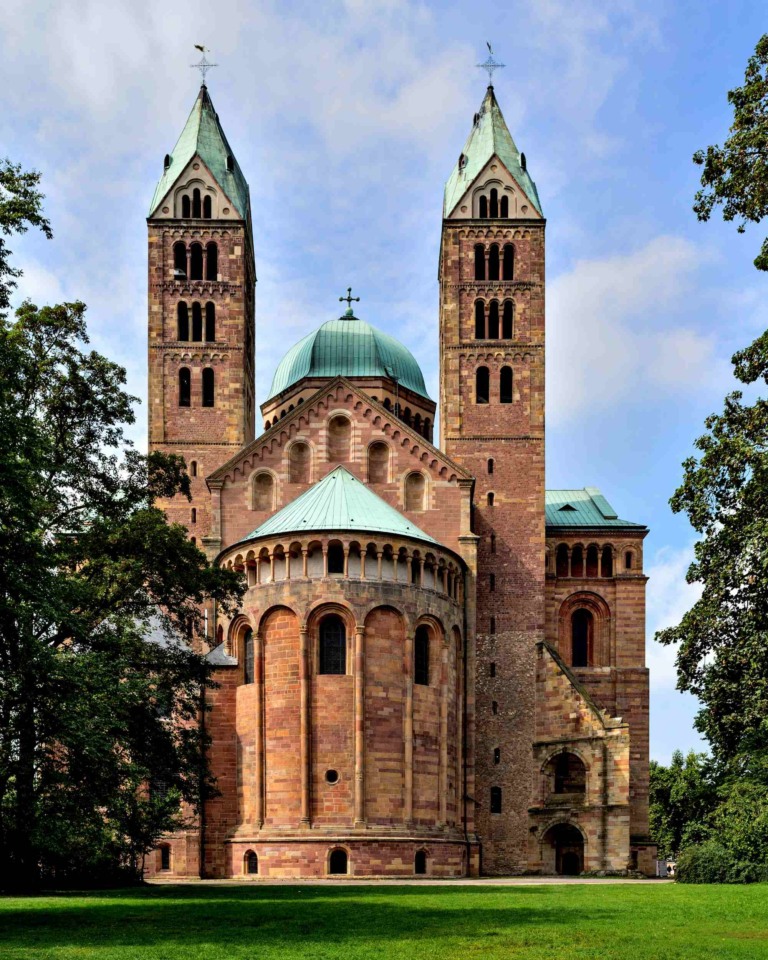Trier Germany UNESCO Sites

Trier, formerly known as Augusta Treverorum during Roman times, is one of the oldest cities in Germany and boasts a rich history spanning over two millennia.
Rhineland-Palatinate is a German state in western Germany, with Mainz as its capital and largest city. North Rhine-Westphalia, Saarland, Baden-Württemberg, and Hesse are its neighbors.

Trier, formerly known as Augusta Treverorum during Roman times, is one of the oldest cities in Germany and boasts a rich history spanning over two millennia.

The ShUM Sites of Speyer, Worms, and Mainz are three historic Jewish communities in Germany. Speyer, Worms, and Mainz. ShUM stands for the Hebrew initials of these cities, which were significant centers of Jewish culture and scholarship during the Middle Ages. The community in Speyer dates back to the 11th century and was one of the most influential in medieval Europe. The Speyer Synagogue, constructed in the 12th century, is a rare surviving example of Romanesque synagogue architecture. The community in Worms has a history that spans over a thousand years. The Worms Synagogue, also known as the Rashi Synagogue, was built in the 11th century and is named after the famous Jewish scholar Rashi. The community in Mainz was renowned for its intellectual and scholarly achievements. The Mainz Synagogue, built in the 10th century, was an important center of Jewish learning. It represents the architectural and cultural heritage of the Mainz Jewish community.

Speyer Cathedral, officially known as the Imperial Cathedral Basilica of the Assumption and St. Stephen, is one of the most significant examples of Romanesque architecture in Germany. The cathedral’s story begins with Konrad II, who, in the year 1030, transformed it into a basilica with a flat roof, a decision that would prove to be of great significance. In 1077, Henry IV struck a historic agreement with the Pope to rebuild the cathedral. This marked a pivotal moment in the cathedral’s history, as it became not only the first but also the largest church in Europe at the time. Its distinctive vaulted ceilings were a testament to the exceptional craftsmanship of the era. For nearly three centuries, Speyer Cathedral served as the final resting place for German kings and queens, making it a place of immense historical and cultural importance. Here is a brief history of Speyer Cathedral, along with some archaeological facts: